T4K3.news
Land Rover engines tied to Ford manufacturing
A mechanic reveals that some Land Rover engines were produced at Ford facilities, showing shared powertrain roots.
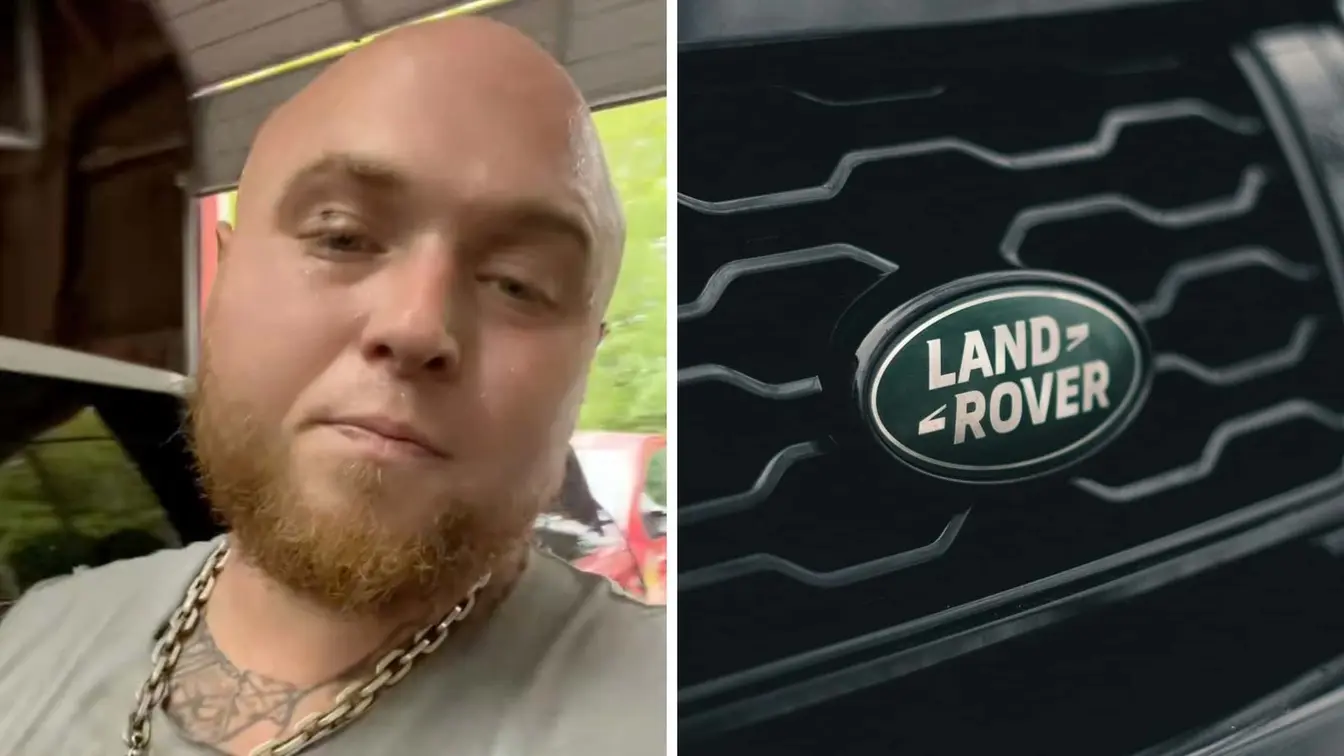
A mechanic reveals that some Land Rover engines were produced at Ford facilities, highlighting shared powertrain roots.
Land Rover engines tied to Ford manufacturing
Ford bought Land Rover in 2000, and the brands shared powertrain work for years. Some Land Rover engines were built at Ford facilities, including the Bridgend Engine Plant in Wales, which produced more than 22 million engines before it closed in 2020. After Bridgend shut, Jaguar Land Rover moved engine production in house to its Wolverhampton centre. The AJ-V8 family, designed by Jaguar, powered Range Rover models from 2009 to 2012, and it is part of the Ford era of shared engineering. The engine was built at Ford sites while its internals were tailored for Land Rover use, and many models used Ford automatic transmissions as well.
Key Takeaways
"The badge says Land Rover, the engine says Ford."
Concise line illustrating branding versus provenance.
"Shared platforms save money without dulling prestige."
Editorial take on the economics of collaboration.
"Parts from one company can power another brand with minimal fuss."
Factual note on cross brand engineering.
"A luxury name can ride on proven engineering and still feel premium."
Comment on consumer perception.
This is part of a broader trend in the auto world where premium brands share platforms to cut costs and speed up development. The upside is access to proven parts and potentially easier maintenance. The downside is a risk that buyers feel the brand has less uniqueness. The Bridgend plant’s closure and the return to in house production at Wolverhampton show control is shifting back to the maker. Yet the economics of shared engines—fewer suppliers, larger production runs, a wider service network—remain strong. Communicating these truths to buyers, so they understand what they are paying for, is the challenge ahead.
Highlights
- The badge wears luxury while the engine wears Ford
- Shared parts save money and sharpen service
- A car’s soul can travel on another company’s assembly line
- Knowing the origin of a part helps buyers and mechanics alike
Public reaction risk to engine provenance
The discovery that a luxury badge hides non bespoke engineering could spark backlash among buyers who prize exclusivity. Brands may face questions about value, resale appeal, and trust.
The balance between prestige and practicality keeps evolving as automakers remix engineering across brands.
Enjoyed this? Let your friends know!
Related News
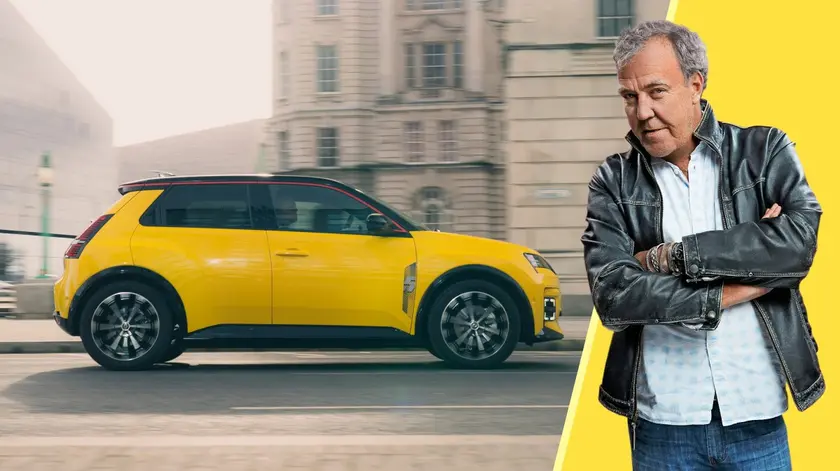
Renault 5 E-Tech offers new hope for traditional carmakers
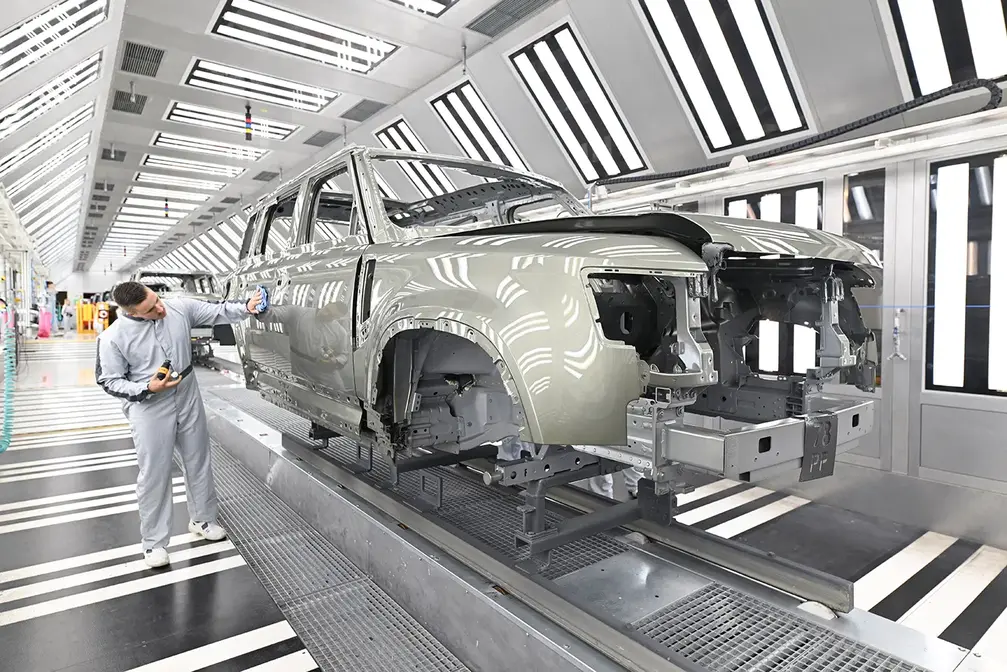
JLR announces job losses and RV launch delay
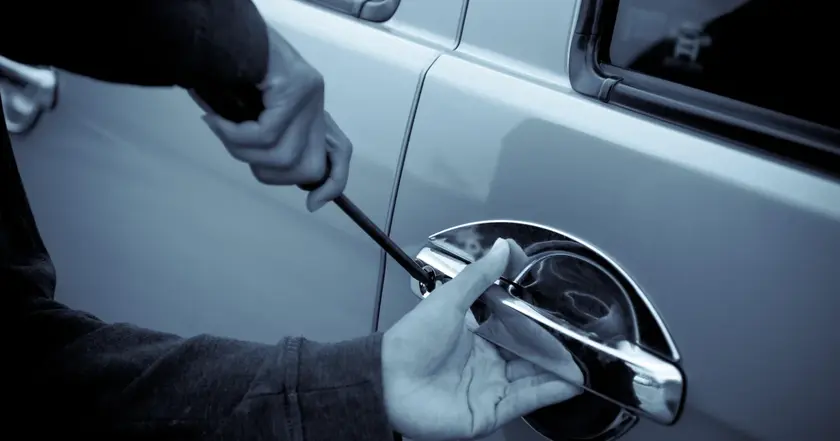
Chevrolet Camaro ZL1 named most stolen vehicle in America
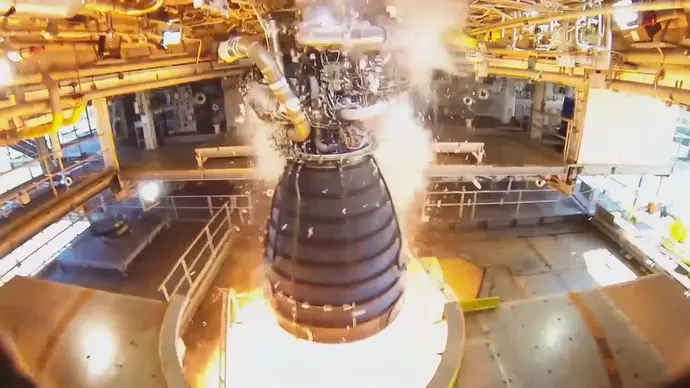
Artemis moves forward with domestic engines
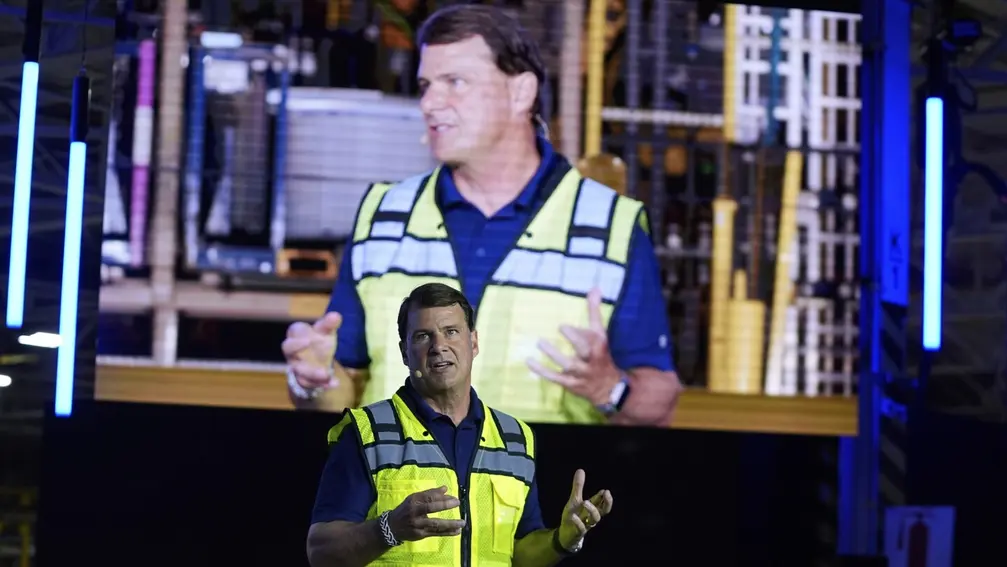
Ford expands EV push with Kentucky overhaul

Red Bull to launch own engine in 2026 with Ford
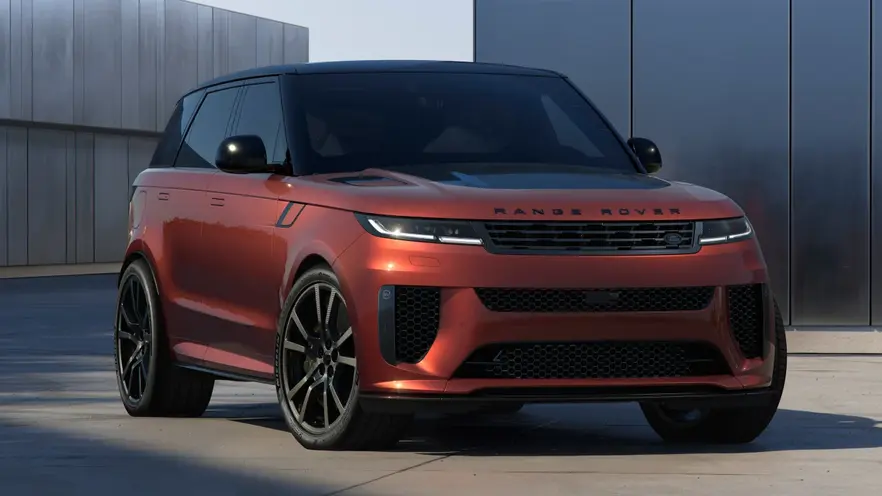
Range Rover Sport SV Carbon launched at £165,045

Swiss exports hit by 39% US tariffs
